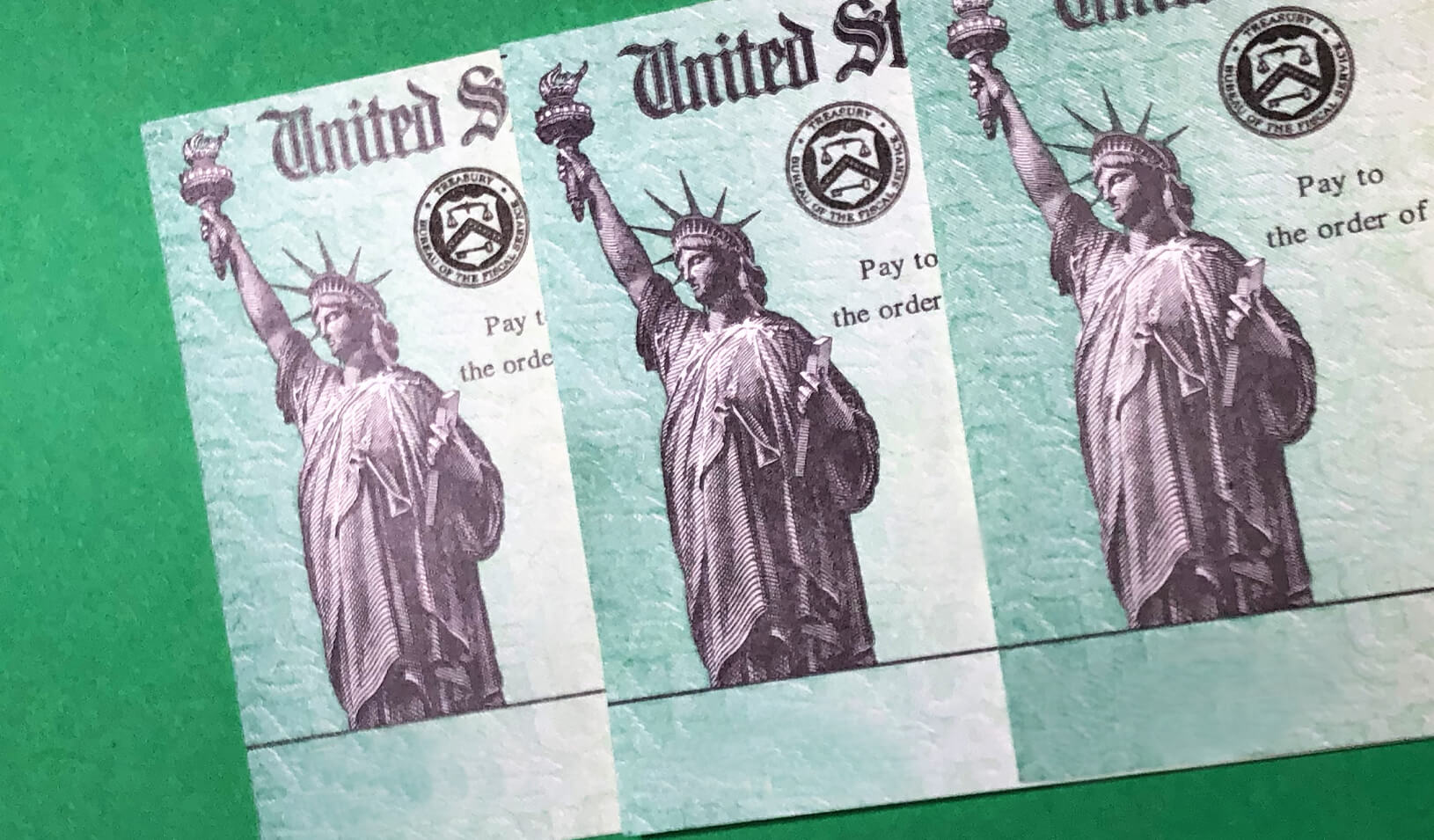
Many Indians exchanged old rupee notes for new ones with “strategic returns.” | Alvaro Dominguez
At 8:15 p.m. on November 8, 2016, India’s Prime Minister Narendra Modi delivered a surprise address live on national television. He announced that, at midnight, all 500- and 1,000-rupee notes would cease to be legal tender. More than 80% of the country’s cash would effectively be sucked out of circulation overnight.
This move was meant to bring undeclared wealth — known as “black money” — into the tax system, to eliminate wealth accumulated through bribes, and to root out counterfeit bills. It also pitched India’s cash-centered economy into chaos.
In the hours before the demonetization policy went into effect, Indian households weighed their options. The government hoped they would head to the banks to deposit their soon-to-be obsolete bills or exchange them for newly issued currency. (The 500- and 1000-rupee notes were worth about $7.50 and $15, respectively.) Instead, many people frantically spent them. Some thought ahead and purchased goods with cash, later returning those items for crisp new bills. Some even dumped their money in the Ganges River to avoid a tax investigation.
How did consumers’ choices affect the outcome of India’s currency upgrade? That’s the question that Yewon Kim, an assistant professor of marketing at Stanford Graduate School of Business, set out to answer in a recent paper.
Kim and her coauthors, Pradeep K. Chintagunta of the University of Chicago Booth School of Business and Bhuvanesh Pareek of the Indian Institute of Management Bangalore, looked at transactions between individual consumers and retailers, which typically aren’t examined closely when evaluating monetary policy. But it turns out they can play an important role in whether or not a policy succeeds.
Analyzing data from a large retail chain, the researchers found that savvy consumers shielded more than $1 billion from income taxes as demonetization was implemented. This was a boon for the retail chain, but it subverted the government’s goal of bringing unaccounted-for cash into the tax system.
Return to Spender
The researchers looked at more than 7 million transactions during the year before and after demonetization. Chintagunta obtained the data from a big-ticket, durable goods retailer with stores across India. (The researchers agreed not to name the retailer. But think consumer electronics, large appliances, high-end saris, jewelry, etc.)
Kim started playing with the data before she developed research questions — “usually the opposite of how I start a research project,” she said. The first thing she did was plot a graph showing the number of transactions by date. “The fluctuation in the sheer amount of transactions around the time of demonetization — that itself was just so striking,” she said.
Kim had already read newspaper anecdotes about Indians cramming into stores to spend bags full of cash. Now, she had hard evidence that the number of retail transactions had skyrocketed.
Digging further into the data, Kim and her fellow researchers teased apart the different types of strategic behaviors Indian consumers engaged in right before and after demonetization went into effect.
The researchers found that as demonetization was implemented, many Indians made “strategic returns,” buying items with soon-to-be discontinued bills with the intent to return them in exchange for new bills. This allowed them to exchange their money without visiting a bank, where they would have been required to show proof that they had paid income tax on wealth over a certain amount. Some of the retailer’s stores saw returns increase by nearly 300% in the days following demonetization.
The team also found that people bought things they wouldn’t normally have bought. Some stores had a 40% sales bump on the day demonetization was announced. Other consumers made planned purchases earlier or switched their payment method to cash, all in order to use up their 500- and 1,000-rupee notes.
Did Demonetization Pay Off?
Once the researchers had quantified the impact of demonetization on this retail chain, they tried to measure how much these spikes in strategic consumer behaviors had affected the government’s goals. “That seemed critical, because even now, there is a whole debate about whether or not that demonetization policy was an effective policy to pursue,” Kim said.
They scaled up their estimates to the entire retail market. Using conservative methods, they concluded that Indians had managed to shield an estimated $1.5 billion from the tax system by using retail transactions to their advantage. In the end, the retail chain came out ahead, too. The benefits of the surge in sales outweighed the costs of processing the returns and exchanging old currency for new.
“Measuring unintended consequences of any given policy is very hard because you have to cast a wide, wide net in the wild and see what’s going on,” Kim says. But it’s critical for decision-makers to understand spillover effects so they can craft better policies in the future. Kim, Chintagunta, and Pareek’s latest research has implications for many developing countries striving to increase economic transparency, transition to a cashless economy, and crack down on black money and tax evasion.
“Policymakers are not God, and they don’t have perfect foresight of what will happen when they give a shock to the market,” Kim says. “That’s why it is important for us, as academic researchers, to provide some set of insights about what kind of unintended consequences can happen through strategic consumers.”
For media inquiries, visit the Newsroom.






